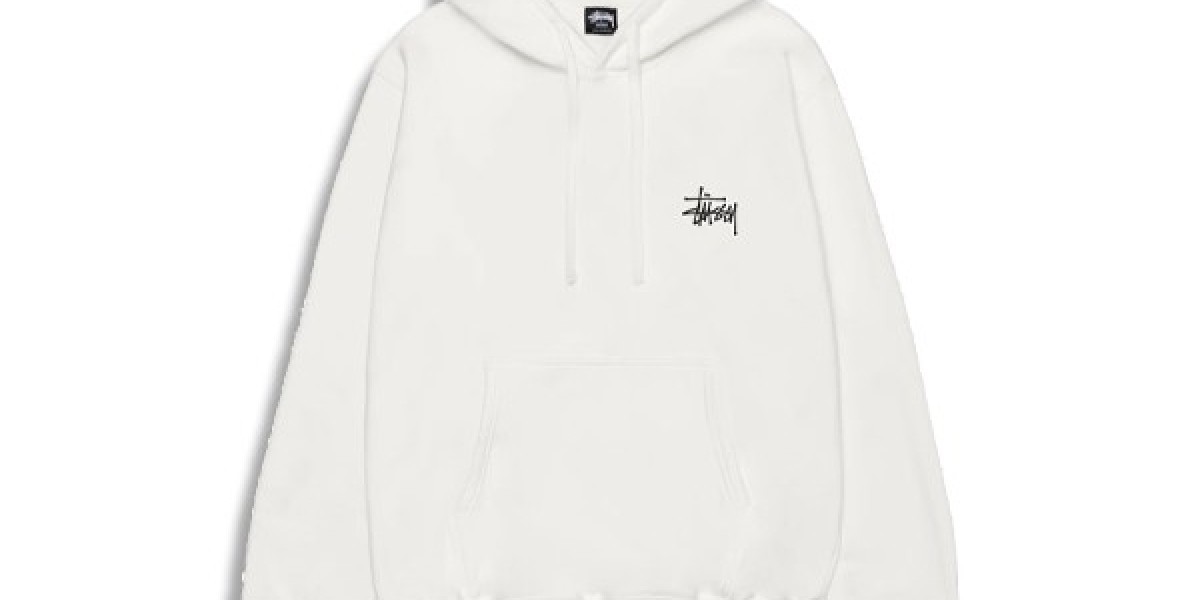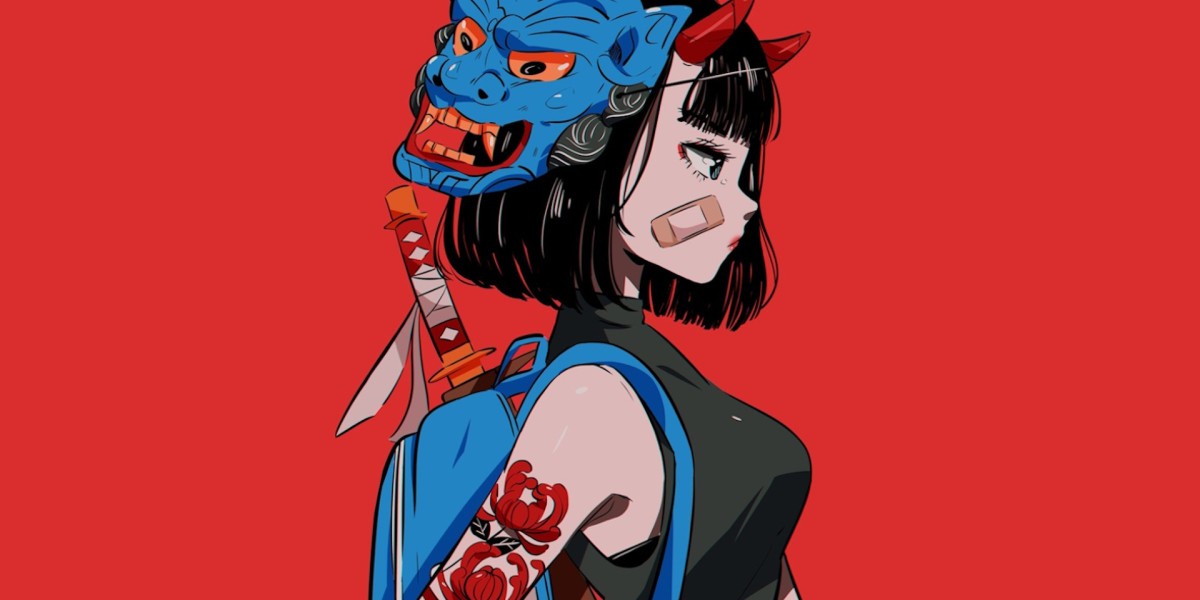In the dynamic world of fashion, few brands manage to embody such a multifaceted and deeply cultural perspective as Denim Tears. Founded by Tremaine Emory, Denim Tears is not just a clothing brand; it is a canvas that stitches together history, art, activism, and culture. It has found a way to create a narrative that crosses boundaries, moving through multiple worlds of influence and leaving an indelible mark on each. Denim Tears speaks to a diverse range of communities, all while staying true to its core message of remembering history, embracing identity, and advocating for change.
To truly understand Denim Tears, it’s essential to explore how the brand fits into a series of worlds, each offering a distinct lens through which we can appreciate its depth and impact. Denim Tears has transcended being merely a label or a fashion trend, establishing itself as a cultural movement with resonance across different domains.
World One: The World of Streetwear
Streetwear culture is often rooted in rebellion, self-expression, and urban aesthetics. Denim Tears emerged from this world, but it does so in a way that is unique and unconventional. Streetwear has traditionally been associated with the youth, pushing back against mainstream fashion while drawing on the creative energy of subcultures such as hip-hop, skateboarding, and punk. It’s a world where authenticity and community are central, and Tremaine Emory captured this energy perfectly when founding Denim Tears.
However, what sets Denim Tears apart in the streetwear world is its deep integration with historical consciousness. While many streetwear brands focus primarily on aesthetic and cultural symbolism, Denim Tears goes further by embedding historical narratives into its designs. The inclusion of cotton floral patterns—a reference to the painful history of slavery and the forced labor of Black Americans—is a deliberate act of cultural storytelling. Through his designs, Emory brings the struggles of the past into the present, using fashion as a vehicle for education and awareness.
Denim Tears doesn’t shy away from the difficult aspects of American history. Instead, it uses streetwear as a platform to highlight and engage with these issues. It turns streetwear from something purely stylistic into something deeply meaningful, proving that clothing can be much more than just an outfit—it can be a statement.
World Two: The World of Fashion Activism
Denim Tears has not just revolutionized streetwear—it has also carved out a space in the broader fashion activism world. As Emory’s work gained denimtearsofficial.com prominence, Denim Tears emerged as a brand that challenged the fashion industry’s traditional norms. The brand stands as a beacon for social justice, with each piece serving as a reflection of Emory’s desire to raise awareness around issues of racial inequality and historical trauma.
One of the brand’s most notable collections features cotton floral prints, which evoke the painful history of slavery and the commodification of Black labor. In a particularly iconic moment, Denim Tears collaborated with Nike on a special edition of the Air Force 1 sneaker, incorporating the cotton floral motif into the design. This collaboration was not just about fashion—it was a profound commentary on race, labor, and reparations. By introducing these symbols into the mainstream fashion sphere, Denim Tears ensured that the conversation about systemic injustice was brought to the forefront.
In this world of fashion activism, Denim Tears is a clear example of how clothing can go beyond aesthetics to challenge the status quo. Emory has used the brand as a platform to demand change and recognition, urging consumers to reflect on the racial and historical dimensions that shape the clothes they wear.
World Three: The World of Art and Design
Denim Tears exists not only in the world of streetwear and activism, but also in the art world. Through its collections, Emory has elevated the concept of fashion into a form of wearable art. Denim Tears is not just about producing garments; it’s about using design as a medium to tell stories and provoke thought.
Each item produced by Denim Tears feels like a piece of art—carefully crafted, thought-provoking, and highly symbolic. The intricate embroidery, cotton prints, and deconstructed denim pieces each speak to a larger cultural and emotional narrative. Denim Tears turns ordinary clothing into a platform for reflection on identity, heritage, and historical legacy. In doing so, it transcends the concept of fashion as superficial adornment, offering a new lens through which we can appreciate clothing as both functional and emotionally resonant.
In this artistic world, Denim Tears operates at the intersection of design and activism, using craftsmanship to communicate complex ideas. It is not simply a fashion brand—it is a movement that blurs the lines between fashion, art, and culture, creating pieces that encourage wearers to engage with the deeper meanings behind them.
World Four: The World of Collaborations
Another world Denim Tears has entered is that of collaborations. As Emory’s work caught the attention of major brands, Denim Tears has partnered with some of the most influential names in the fashion industry, such as Levi’s, New Era, and Converse. These collaborations have provided Denim Tears with a unique opportunity to reach new audiences while staying true to its core mission.
Each collaboration is carefully curated to maintain the integrity of Denim Tears’ message while amplifying its influence. For example, the partnership with Nike not only resulted in a limited-edition sneaker but also created an iconic cultural moment. Through these collaborations, Denim Tears has expanded its reach, becoming a global movement while maintaining its commitment to activism and cultural reflection.
The world of collaborations is a critical one for Denim Tears. By working with established brands, Emory ensures that his message reaches further than it could through independent releases alone. These collaborations allow Denim Tears to engage with a wider audience, bringing historical conversations into the mainstream fashion conversation and introducing new generations to the significance of cultural remembrance.
World Five: The World of Cultural Memory and Legacy
Perhaps one of the most important worlds Denim Tears occupies is that of cultural memory. Denim Tears serves as a reminder that fashion is not just about what’s in the present but also about remembering the past. The brand encourages us to reflect on history and understand its impact on contemporary society.
By incorporating historical symbols like the cotton flower, Denim Tears weaves a tapestry of cultural memory that speaks directly to the African American experience. The brand’s work with cotton is especially poignant, drawing attention to the Black labor that helped build the American economy—labor that was exploited and undervalued. Denim Tears, in a sense, becomes a tool for reparations—a way of acknowledging this history and offering a platform for discussion about the need for systemic change.
The world of cultural legacy is crucial to Denim Tears because it speaks to something much larger than fashion. The brand’s narrative extends into the larger conversation about racial justice, reparations, and collective healing. It positions itself as part of a global movement to acknowledge and honor the past, using fashion as a means to engage with history in a contemporary context.
Conclusion: Denim Tears Across the Worlds
Denim Tears is not just a clothing brand. It is an entity that spans multiple worlds—worlds of streetwear, activism, art, collaborations, and cultural legacy. Through its thoughtful design and powerful messaging, it has established itself as an important voice in the conversation about racial justice, historical remembrance, and the role fashion can play in social change. Tremaine Emory has crafted a brand that goes beyond the garments themselves, creating a narrative that speaks across time and space. Through Denim Tears, we are reminded that fashion is never just fashion—it is a living story, one that evolves and adapts while keeping its roots firmly grounded in the history and culture that shape us.









